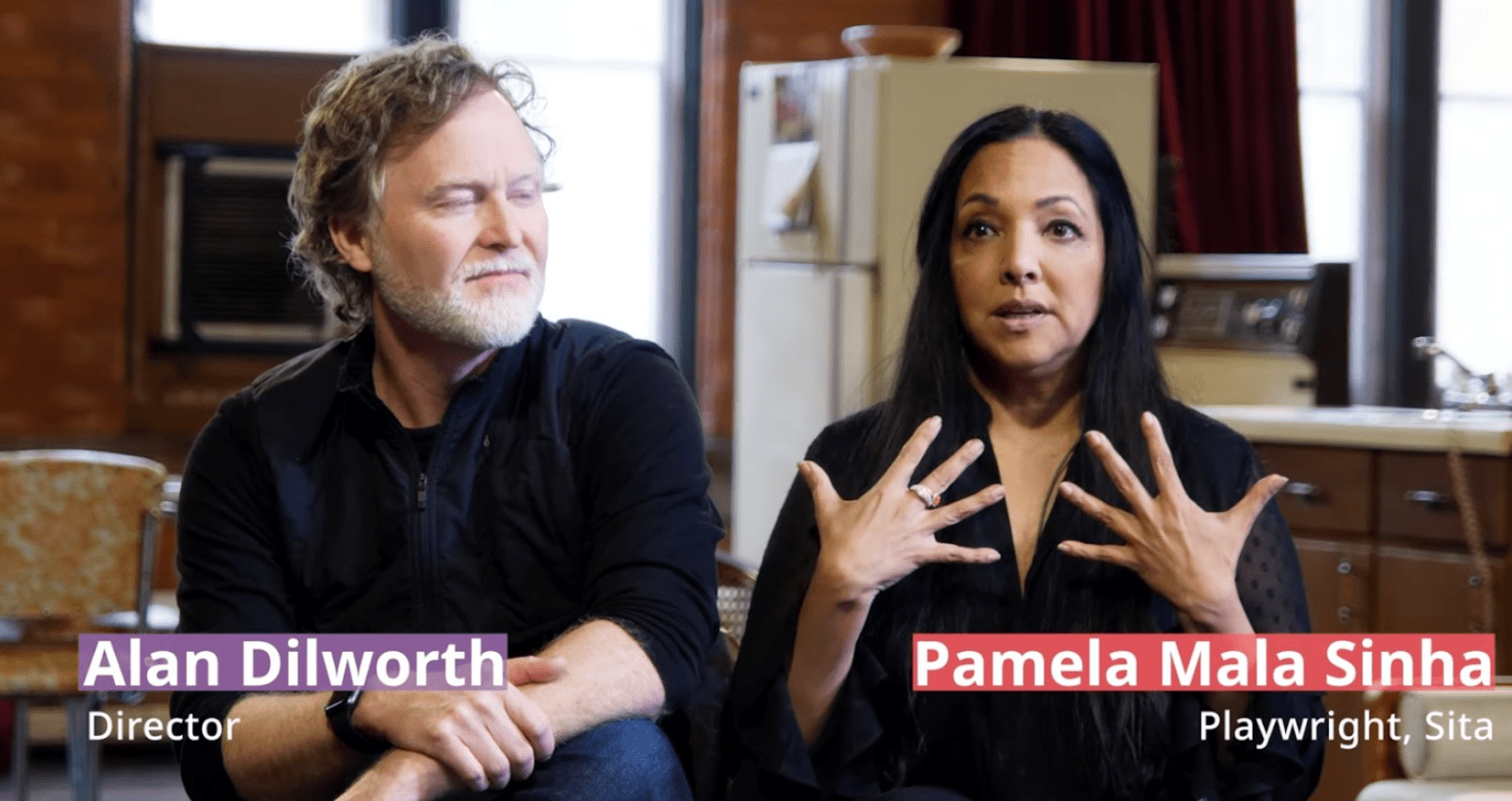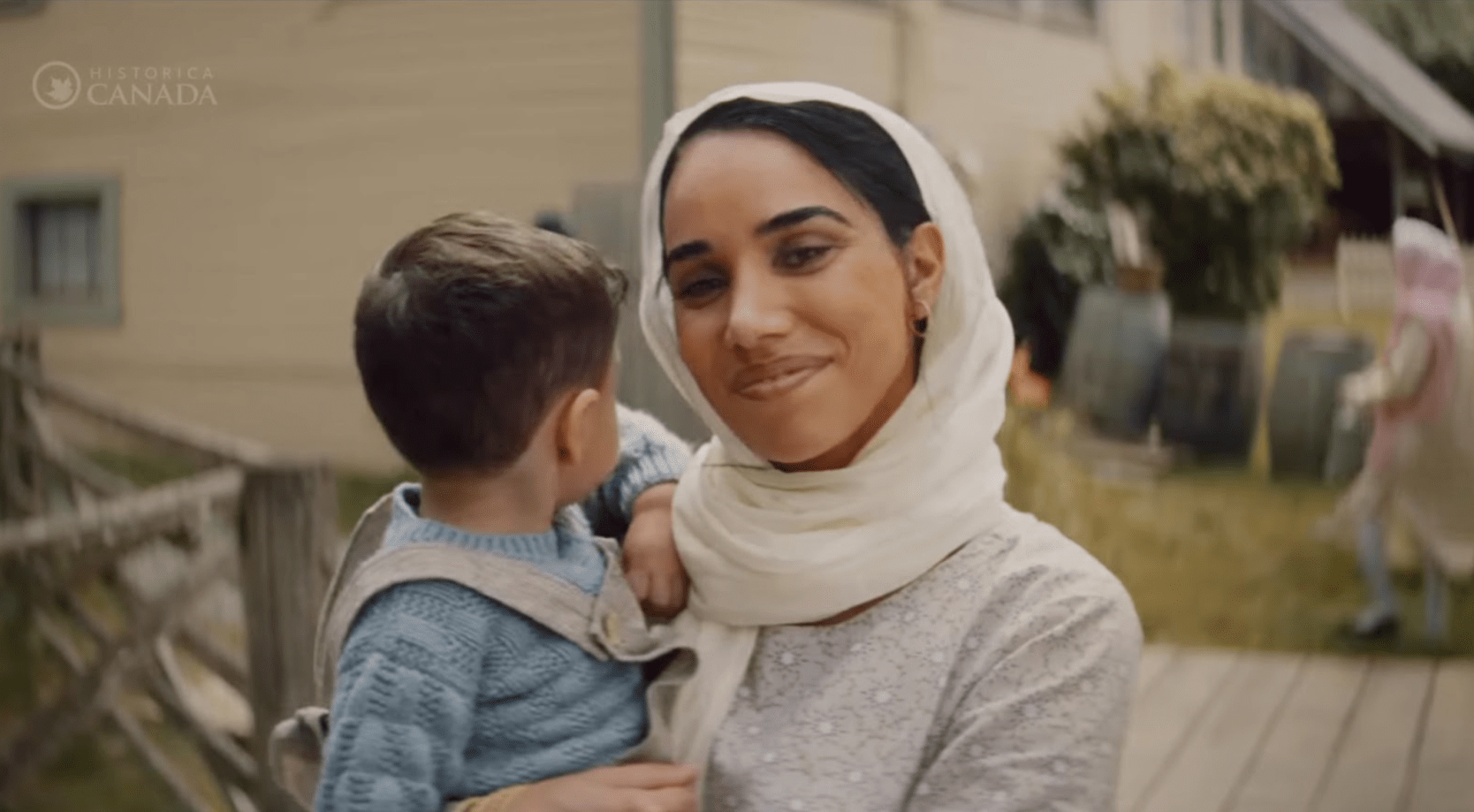Each experience a newcomer has while settling in Canada, whether now or 100 years ago, is as unique as the person living through it. But some things remain timeless – the universal human experiences of love, family, friendship, triumph, sorrow and loss.
The three works below explore what it’s like to be a woman and newcomer to Canada, whether the immigration journey occurred a century ago in the remarkable community of Paldi, B.C., or Winnipeg in the 1970s or Calgary in the 1980s.
***
Author Kelly Kaur: “I wanted a voice and I wanted power.”

Kelly Kaur is visibly emotional as she talks about her father’s reaction when she expressed her desire to leave her home in Singapore to pursue her studies in Canada.
The year was 1985 and her father was insisting that she agree to the marriage that her traditional Sikh Punjabi family had arranged for her.
Kaur came from a family where all the women were married pretty young and she did not want that for herself.
“I wanted a voice and I wanted power. The only way to get that power was through education. I held my ground and I think my father understood that and from being the biggest obstructer, he became my biggest ally,” Kaur said in an interview with New Canadian Media.
“When I look back now, I think it must have been such a huge decision for him, the sacrifices he had to make to pay for my education must have been tremendous,” Kaur says.
nspired by her own experiences as well as some of her peers, she wrote her first novel, Letters To Singapore (2022), that tells the story of 20 year old Simran, a Singaporean student in Calgary, who narrates her immigrant experience in Canada through a series of letters to her mother, sister Amrit and pals Amy and Anita.
The letters not only reveal her trials as a newcomer in the ‘80s but also give an account of the effects of patriarchy on her friends and family.
Amrit and Anita are both stuck in loveless relationships while Amy has a contentious relationship with her own mother.
“Though these stories have their roots in the South Asian culture that I belong to, they are universal. Anyone who has moved here from another country, anyone who even moves from one city to another knows what it is to be an outsider,” narrates her immigrant experience in Canada.
After the completion of her degree, Kaur started teaching at Mount Royal University. But deep down, she knew she wanted to write.
“I thought I did want to be a writer but I didn’t have the confidence. I’ve had so many rejections in the past 20 years that I started thinking, ‘who wants to listen to stories about Indian women and their arranged marriages?
“I felt that there was no place and space for the voice of an outsider or an immigrant or a BIPOC woman,” she says.
Kaur took a step back from writing, and got into Toastmasters – even making it to the 2017 World Championships for the International Toastmasters competition.
Her confidence received a further boost when she was accepted into The Borderlines Writers Circle, a Writer’s Guild of Alberta and Alexandra’s Writers’ Centre program for aspiring writers.
She banged out her debut novel in 100 days. “It was nothing short of a miracle,” she says with a laugh. Kaur is now working on a picture book for kids about the first Sikh rancher in Alberta, Harnam Singh Hari as part of the publisher’s Howdy Books series which profiles prominent Calgarians. Rodeo queen Flore LaDue and cowboy John Ware have been the central characters of previous books.
Kaur is thrilled that the lesser known stories of Sikh immigrants in Alberta will find a voice with her book. The fact that the publisher wanted the writer and illustrator, both to be from the Sikh community was an added bonus.
“I connected with the current generation of this family that still lives in Calgary and it was such a thrill to get their stories. When I wrote about Harnam Singh, I could feel his presence in the room. My grandfather came from India to Singapore as a pioneer. Both Sikhs who wore turbans, who kept their faith and became successful in a strange country. It was very inspiring especially because I myself did not know about this gentleman,” she says.
***
Paldi: A Vancouver Island settlement that embodied Canadian Multiculturalism

Another lesser known story of a mill town in British Columbia was recently the subject of the Heritage Minute series-a bilingual series of history-focused public service announcements- produced by the non-profit organization, Historica Canada.
Released in April this year to celebrate Sikh Heritage Month, the 60-second feature captures the lives of early immigrants from South Asia, including Mayo Singh who along with 35 other Sikhs set up the Mayo Lumber Company on Vancouver Island with a culturally diverse workforce of South Asian, Chinese, Japanese, and white workers.
According to Historica Canada, soon after, buildings were erected, including a Sikh gurdwara and a Japanese temple, as well as bunkhouses, cookhouses, and a school. Known as “Mayo” or “Mayo Siding” until receiving an official post office in 1936, the town was named Paldi, after Mayo Singh’s home in Punjab.
The story is related from the perspective of Bishan Kaur, Mayo Singh’s wife. This is the first time in about 30 years that a Heritage Minute has been made on the lives of South Asian immigrants. “I feel a deep and emotional appreciation for this Heritage Minute in particular because the history it portrays touches me to the core of my being,” said Dr. Satwinder Bains, director of the South Asian Studies Institute at the University of the Fraser Valley.
“As a historical consultant on the project, Paldi and Bishan Kaur’s story evoked in me a poignant indebtedness to the early Sikh settlers who helped build our beautiful province.
“As an immigrant myself I am extremely proud of our rich and vibrant history that has been captured in this Heritage Minute.” Bains said.
Actor-playwright Pamela Sinha: “I saw photos of vibrant, cigarette-holding, scotch-drinking couples”

Actor-playwright Pamela Sinha too presents the immigration story from a novel, complex angle in her latest play, New. Set in 1970s Winnipeg, the play centers around three couples- Qasim, a doctor who feels trapped in an arranged marriage to Nuzha because he loves another, Ash and Aisha who are trying to keep up with the demands of their families and Sachin and Sita who are struggling to keep their marriage intact after a personal loss.
One myth that Sinha, who also plays Sita in the play, wanted to shatter is that South Asian immigrants are all the same.
“As I looked through my aunt’s old albums in their early days in Winnipeg, I saw photos of vibrant, cigarette-holding, scotch-drinking couples in filmy chiffon saris and skinny ties that looked way cooler than the depictions of “brown” immigrants that inundate present and popular culture,” said Sinha in an official playwright’s note.
The Dora award-winning playwright’s parents immigrated to Canada in the mid 60s and much of what is shown in the play are vignettes borrowed from their lives and the lives of their community members.
Much like in Paldi which is considered one of the first multicultural towns to be set up in Canada, Sinha’s parents too were part of a racially and culturally mixed cohort of Hindu, Muslim, Sikh and Christian families.
“I have tried to capture what it means to be thought of as ‘new’- because of how you look- in a country where you are not new, a country that is your home. When I hear of an older Indian or Chinese-born person being yelled at, told to go back to their country, I want to scream back- this is their country! They came of age here, gave all they had and we are all beneficiaries of those gifts of knowledge and love” she says.
Baisakhi Roy is a writer and journalist based in Oakville. Her work has been published in several Canadian media outlets including The Globe and Mail, Huffington Post Canada, Chatelaine, Broadview and CBC. Her areas of interest and expertise lie in the intersections of immigrant life and culture in Canada. She is an avid Bollywood fan and co-hosts the Hindi language podcast KhabardaarPodcast.com.





